No products in the cart.
Home Improvement, Lawn and Gardening, Plants and Planters, Plants Saplings
Succulent “Jelly Beans”
NPR 1,600.00 NPR 1,700.00
Succulent “Jelly Beans” is a popular and delightful succulent plant known for its unique and colorful appearance. Its botanical name is Sedum rubrotinctum, but it’s commonly referred to as “Jelly Beans” due to its plump, jellybean-like leaves. Succulent “Jelly Beans” is cherished for its charming, jellybean-like leaves and its ability to add a playful and colorful touch to gardens and indoor plant collections. Its unique appearance and ease of care make it a popular choice for succulent enthusiasts and gardeners alike.
Facts about this plant
- Appearance: The “Jelly Beans” succulent features plump, oval-shaped leaves that are typically green but turn various shades of red or orange when exposed to bright sunlight or stress. The leaves are stacked closely along the stems, giving the plant a unique, bunched appearance.
- Size: It is a relatively small succulent, typically growing to a height of 6 to 8 inches (15 to 20 centimeters) and spreading to form a low, trailing mat.
- Sunlight: These succulents thrive in bright, indirect sunlight to full sun. Providing sufficient light is essential for maintaining their vibrant colors.
- Temperature: They are tolerant of a wide range of temperatures but prefer to be kept in temperatures between 60°F to 80°F (15°C to 27°C). They are not frost-tolerant and should be protected from freezing temperatures.
- Watering: Like most succulents, “Jelly Beans” prefers to dry out between waterings. Water thoroughly when the top inch or so of soil is dry, but avoid overwatering, as it can lead to root rot.
- Soil: Use a well-draining succulent or cactus potting mix to ensure proper drainage. Adding perlite or coarse sand can improve drainage if needed.
- Container: Ensure that the pot or container has drainage holes to prevent water from pooling at the bottom.
- Fertilization: Feed sparingly with a diluted, balanced liquid fertilizer during the growing season (spring and summer). Avoid fertilizing during the dormant period in fall and winter.
- Propagation: You can propagate “Jelly Beans” succulents easily through stem or leaf cuttings. Allow cuttings to callus for a day or two before planting them in well-draining soil.
- Pests and Diseases: These succulents are generally resistant to pests and diseases. However, keep an eye out for common succulent pests like mealybugs and aphids, and take action if necessary.
- Indoor and Outdoor Use: “Jelly Beans” succulents can be grown both indoors and outdoors. When kept indoors, provide them with bright, indirect sunlight or direct sunlight near a window.
- Low Maintenance: They are considered relatively low-maintenance and are a great choice for beginners due to their ease of care.
Care tips-
- Light: Provide your “Jelly Beans” succulent with bright, indirect sunlight or partial to full sun. These succulents thrive in strong light conditions. If grown indoors, place them near a sunny window where they can receive adequate light.
- Temperature: Maintain temperatures between 60°F to 80°F (15°C to 27°C) during the growing season. Protect your succulent from extreme heat and frost, as they are not frost-tolerant.
- Watering: Allow the top inch (2.5 cm) of soil to dry out completely between waterings. When it’s time to water, water thoroughly, ensuring that excess water drains from the pot. Reduce watering during the dormant period in the fall and winter.
- Soil: Use a well-draining succulent or cactus potting mix to ensure proper drainage. You can also add perlite or coarse sand to improve drainage if needed.
- Container: Choose a pot or container with drainage holes to prevent water from accumulating at the bottom, which can lead to root rot.
- Fertilization: Feed your “Jelly Beans” succulent sparingly with a diluted, balanced liquid fertilizer during the growing season (spring and summer). Avoid fertilizing during the dormant period in fall and winter.
- Pruning: Prune your succulent as needed to maintain its shape and remove any dead or damaged leaves. This helps promote healthy growth and keeps the plant looking tidy.
- Propagation: “Jelly Beans” succulents can be propagated easily from stem or leaf cuttings. Allow cuttings to callus for a day or two before planting them in well-draining soil.
- Pests and Diseases: While these succulents are generally hardy and pest-resistant, monitor them for common succulent pests like mealybugs and aphids. If you notice any pests, remove them manually or with a gentle spray of water.
Based on 0 reviews
Only logged in customers who have purchased this product may leave a review.
Vendor Information
- Store Name: Ajambari
- Vendor: Ajambari
- No ratings found yet!



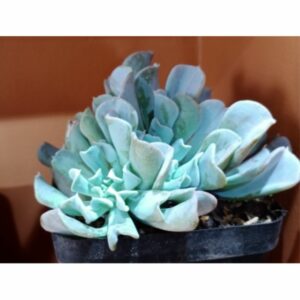
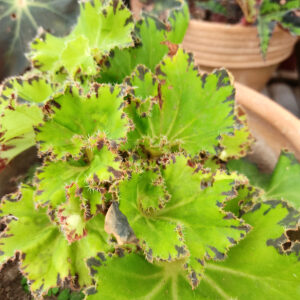
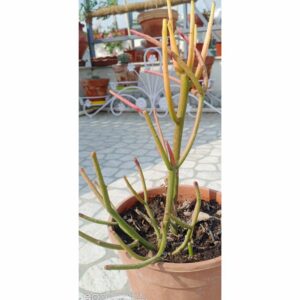
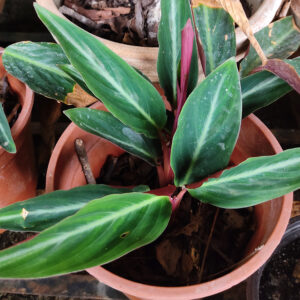
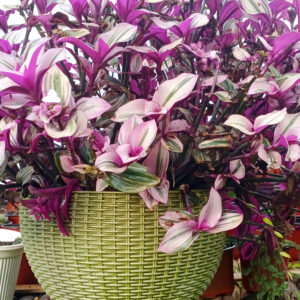
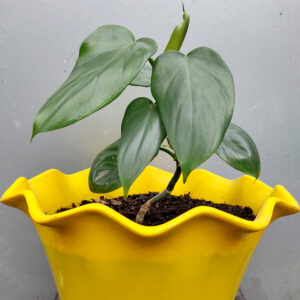
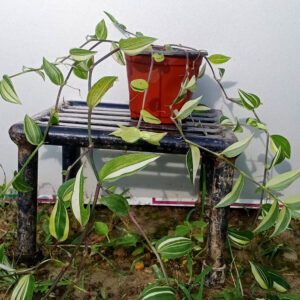
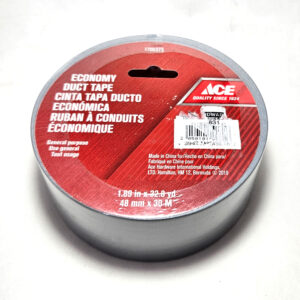
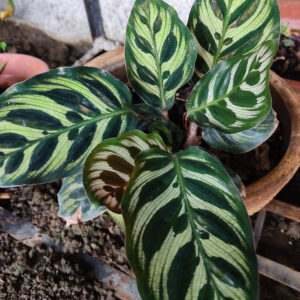
There are no reviews yet.